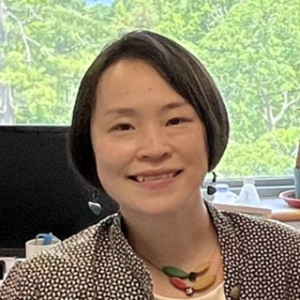Read Wenjie’s Emerging Investigator manuscript: Molecular insights into the hydration of zwitterionic polymers, DOI:10.1039/D3ME00020F
This will be free to read until September 20th! Read the interview with Wenjie below;
1. How do you feel about MSDE as a place to publish research on this topic?
MSDE presents an ideal platform to showcase our group research on modeling and computational design of molecules and polymers. With its reputation for upholding rigorous peer-review standards, MSDE provides a credible avenue to disseminate our research and contribute to the advancements in our field.
2. What aspect of your work are you most excited about at the moment and what do you find most challenging about your research?
I am thrilled by the potential that emerging and advanced computational techniques, such as multiscale modeling and AI, hold for predicting and designing complex molecular systems at a fundamental level. The most challenging aspect of my research lies in establishing an effective strategy to overcome the spatiotemporal limitations of molecular modeling to achieve improved predictions at extended and multiple scales in a computationally efficient manner.
3. In your opinion, what are the most important questions to be asked/answered in this field of research?
In design and engineering of complex molecular systems, such as zwitterionic polymers, the most important question to be answered is how to delineate their “structure-processing-property” relationships of those materials, which requires a fundamental understanding of their intricate intermolecular interactions and microstructures.
4. Can you share one piece of career-related advice or wisdom with other early career scientists?
From my personal experience, it is really valuable to cultivate a strong network of peers, mentors, and collaborators. Building meaningful connections within your field and even beyond really offers diverse perspectives, valuable guidance and tremendous opportunities for research collaboration.
Follow Wenjie on Twitter; @WenJXia
You can also find Wenjie on Linkedin: https://www.linkedin.com/in/wenjie-xia/













